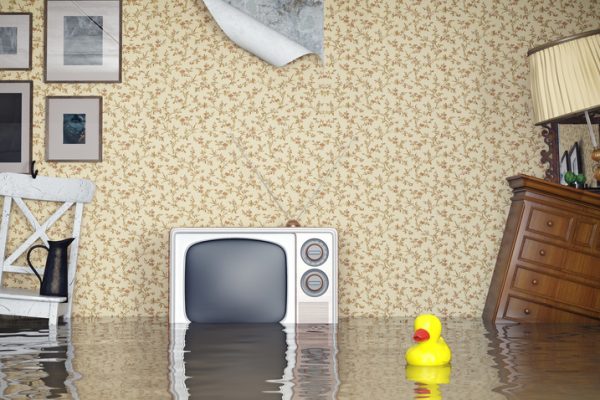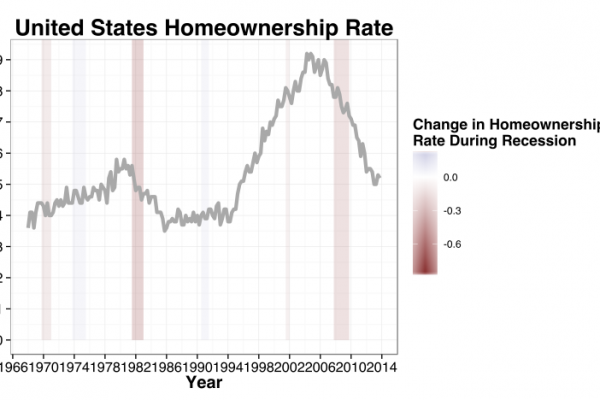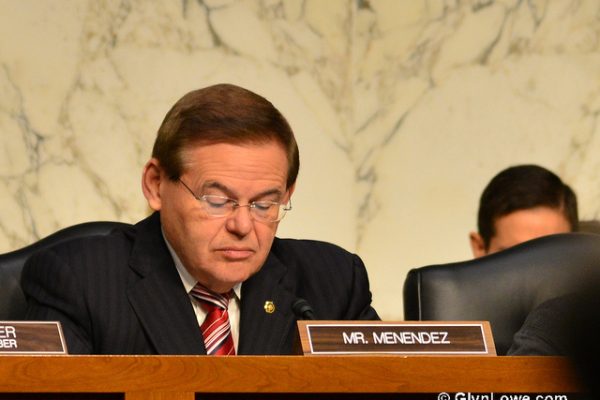A decade ago, mandatory renters insurance was so rare that landlords who tried to impose it risked losing tenants.
Today it’s as much a part of the rental process as a security deposit, credit check and first month’s rent.
But in the early 2000s, when the cost of property insurance for apartment owners skyrocketed, landlords sought to reduce their costs. Now a $100,000 deductible is common at large complexes. The high deductible reduces an owner’s premium, but leaves him with a hefty bill each time a tenant starts a stove fire or lets the water overflow.
The solution: File a claim against a tenant’s policy instead.
“Landlords are getting wise. They’re drafting smarter and smarter leases that allow them to go after the tenants,” says Gary Wickert, a partner with Matthiesen, Wickert & Lehrer and an expert on subrogation. “Renters insurance will hire a lawyer to defend tenants, but it also provides a target for landlords. Now the landlord has a tenant with insurance, instead of a tenant without insurance.”
A big shift in liability to renters
Moving dayRenters insurance combines liability coverage, which pays for damage to the property caused by the tenant’s negligence, with personal property coverage, which pays to help replace a tenant’s damaged or stolen property, items that are not covered under the building’s policy. (See what else renters insurance covers.)
Frank Barefield, president of Abbey Residential, which operates 9,000 apartment units in Alabama, Texas and Florida, carries a $500,000 deductible on his own insurance, saying he’d rather spend the money on fire-prevention devices. “I don’t want to pay the thousands of dollars of premiums when we have very few claims,” he says.
But he also doesn’t have to reach into his own pocket if a tenant burns a kitchen or floods a hallway. Each of his tenants is required to carry a $100,000 liability policy, at a cost of $15 to $18 a month. (For another $10, the tenant can add insurance to cover his personal belongings.)
“Something in the mentality of the resident as well as the mentality of the owner has changed,” Barefield says. “All of a sudden owners expect it, and tenants expect to pay it.”
Oklahoma says no to mandatory coverage
Lease agreementWhile the National Apartment Association doesn’t have a count on how many owners are doing it, it does provide sample lease language to help its members implement a forced renters insurance policy.
Tenants are left to wonder: Can this be required of me?
Housing laws are crafted at the state level. Oklahoma may be the only state to expressly outlaw the practice; landlords there cannot require tenants to buy renters insurance. But many states follow the same principle behind the Oklahoma precedent.
That precedent, known as the Sutton Rule, holds that a tenant is a co-insured of the landlord’s policy, since the tenant effectively pays for the policy by way of rent. As such, the building’s insurance company cannot sue the tenant for negligence. Insurance companies are not allowed to sue their own customers.
“The court in Oklahoma says: You have a liability policy that’s going to cover almost every situation, so why are you requiring duplicate coverage?” says Janet Portman, executive editor of legal publisher Nolo and an expert on housing law.
Landlords obviously want to avoid filing claims against their own policies, to keep their premiums low and to allow them to maintain high deductibles. Portman says, “Their answer is, ‘I want to protect my policy.’ And that, according to the Oklahoma Court, is not sufficient.”
Few limits on renters requirements elsewhere
Apartment complexVirginia allows landlords to require renters insurance and lets landlords even carry the insurance and charge tenants through fees. But the annual cost, plus the security deposit, cannot exceed two months’ rent.
Oregon goes a step further. Landlords can require renters to buy a $100,000 liability policy (more if it’s customary for similar rentals), but they must carry a comparable policy and show proof to any tenant who asks. Furthermore, tenants who earn 50 percent or less of the median area income, as well as tenants of publicly subsidized housing, cannot be required to buy renters insurance.
Cities with rent control, such as New York and San Francisco, may also put a dollar limit on the amount that landlords can require renters to pay for insurance.
Yet in most, if not all, remaining states, no limits on renters insurance seem to exist.
Tenant groups have opposed the requirement, saying it joins a growing number of fees used to shift landlords’ costs to tenants.
“Some tenants will say, that’s none of your business,” Portman says. “If I want to take the chance that I’ll lose something in a burglary, or flood, or fire, that’s my business.”
Auto-renters insurance bundle cuts the cost
Apartment parking lotIn 2012, the most recent year available, the average cost of renters insurance was $187 a year, or $15.58 per month, according to the Insurance Information Institute.
Some landlords secure low, group rates for tenants. Jamin Harkness, vice president of Wesley Apartment Homes in Atlanta, says his tenants need pay only $3 a month for a $50,000 liability-only policy with no deductible. For $9 more, they can add personal property coverage.
“We not only want to protect our property, we also don’t want them to be left on the hook,” says Harkness.
In addition, a tenant who buys a renters policy from the same company that insures his or her car likely will offset some of the cost with a home-and-auto bundling discount, says Des Toups, Insurance.com managing editor. Nationwide, the discount averages 4.9 percent.
Why you need renters insurance
Apartment fireLandlords say they are primarily concerned about liability. But some landlords also want tenants to carry personal property insurance.
“This isn’t because of warm, fuzzy feelings,” Portman says. “They simply want to make sure the rent stream isn’t compromised from the tenant having to plunk down a lot of money to replace lost, stolen or damaged items.”
Nonetheless, Portman and many tenant advocates recommend that tenants buy renters insurance. A payout can be particularly valuable for people without large cash reserves. Renters insurance will pay for a hotel if your home is temporarily uninhabitable, your dog bites a guest or even if items are stolen from a vehicle.













